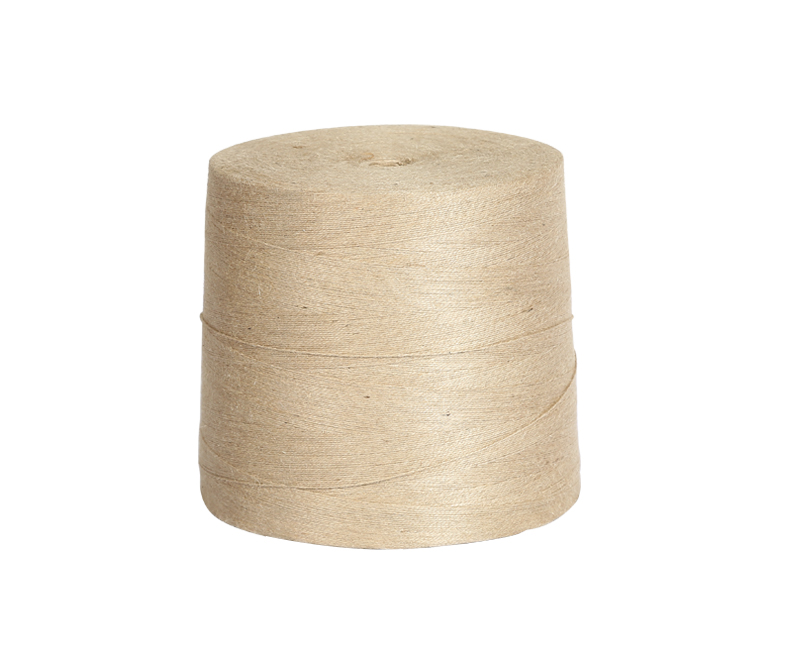

Jute (Chenille), a tropical grass, is also known as thr […]
Jute (Chenille), a tropical grass, is also known as threads of life. Its versatility and amazing health benefits make it a precious and popular plant. Jute is the Central Asian plant, native to Nepal and India, with a very long history. It has been used since ancient times for a variety of tasks including thread, rope, clothing, massage and sisal rope. Jute threads made into carpet and linoleum is the most commonly used material. In India, it is used for decorative items and even medicinal purposes.
Jute is a fiber that is strong, woven and fine, which is why it is such a valuable resource for clothing and handicraft industries. About 90% of jute fiber is made into yarn for textiles. Fine, soft jute yarns are essential for the manufacture of delicate and varied jute products. Jute twine and jute yarn are popular for its softness and quality. Jute twine is spun and ready for use in knitting, weaving, making carpets, jute threads, and even medicine and skin care products.

Jute threads can be used to make fine jewelry and other attractive handicrafts. The best Jute weaves are made by using tightly woven (longer than usual) Jute threads. Weaving finer Jute wefts produces more intense colors and the resulting products have vibrant, lively colors. Long slender Jute threads with weft yarns of variable size are excellent for weaved bags, cushions, belts, scarves, and much more.
Most of the commercially available Jute weaves come pre-woven (printed) from Jute fibre. This means that they are ready for cutting, sewing, or embellishment; however they lack the texture and sheen of natural raw jute fiber. It is very difficult to find Jute fabrics that are 100% raw. Jute fabric may have some of the same sheen and texture as spun cotton but it cannot be 100% spun, unless the weave is very tight.
Jute fabrics do not need any special treatment before wearing. They are suitable for normal day-to-day wear as well as heavy duty industrial applications. Jute threads can be made into neckties, ties, shawls, throws, carpets, rugs, bed throws, hosiery, gloves, booties, handkerchiefs, scarves, headbands, scarves, belts and much more. Jute is also used to make silk-screening material.
Today Jute is grown in several countries including India, Pakistan, China and Bangladesh, where it is extensively used in both domestic and commercial applications. Jute is considered a luxury fiber due to its intricate quality of both the weaving and weft production. Jute is now being used in making many diversified jute yarn products such as Jute thread, Jute needles and knitting products, hand-embroidered clothes, handicrafts, rug and carpet, mats, curtains and bedding. Jute is being successfully used to produce high quality, durable and sustainable marine carpeting that have become popular in the hospitality industry. Jute fiber is also increasingly used to produce textiles, home textiles, slipper, cushion and throw rug. In addition, Jute is successfully used in the manufacture of many popular designer handbags, shoes and handbags.
Jute fiber is considered to be a versatile product because of its many applications. Jute threading is used for dying and creating ornate motifs in silk, brocade and Georgette fabrics and traditional garments. Wefts from Jute are popular in the clothing industry due to their light weight, soft texture and strong yarn performance. Jute weaves have been successfully used to create fine carpets and rugs, while Jute embroidery is also successfully utilized in the fashion industry for designing and creating fashion accessories and footwear. Another application of Jute is in the production of fine Jute stringing, Jute belts and cords, Jute folders, Jute bookmarks and the like. Jute is also successfully used in the manufacturing of plywood and decking material.
There are two types of fibers available in Jute fiber: coarse and fine. Fine fibers are known for their elegant, intricate and delicate nature, while coarse fibers are characterized by their hard, robust and straight characteristics. Jute has a very high thread count and superior luster, which make it highly desirable for industrial applications, and Jute threads can be woven with a high degree of precision. However, it is also susceptible to tearing and abrasion. Thus, before purchasing Jute fiber, it is important to consider factors like thread count, strength, color and texture in order to achieve the intended end product.